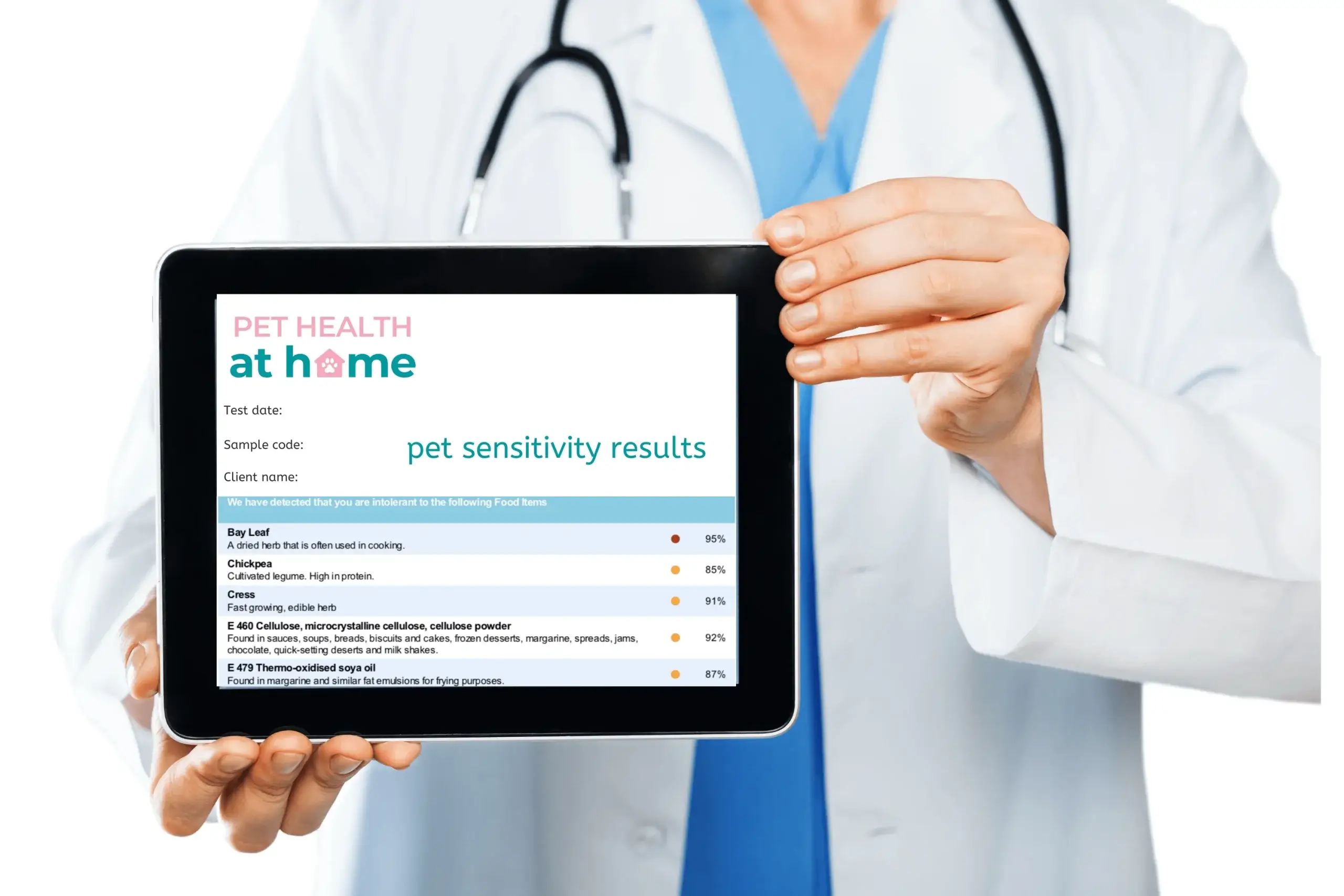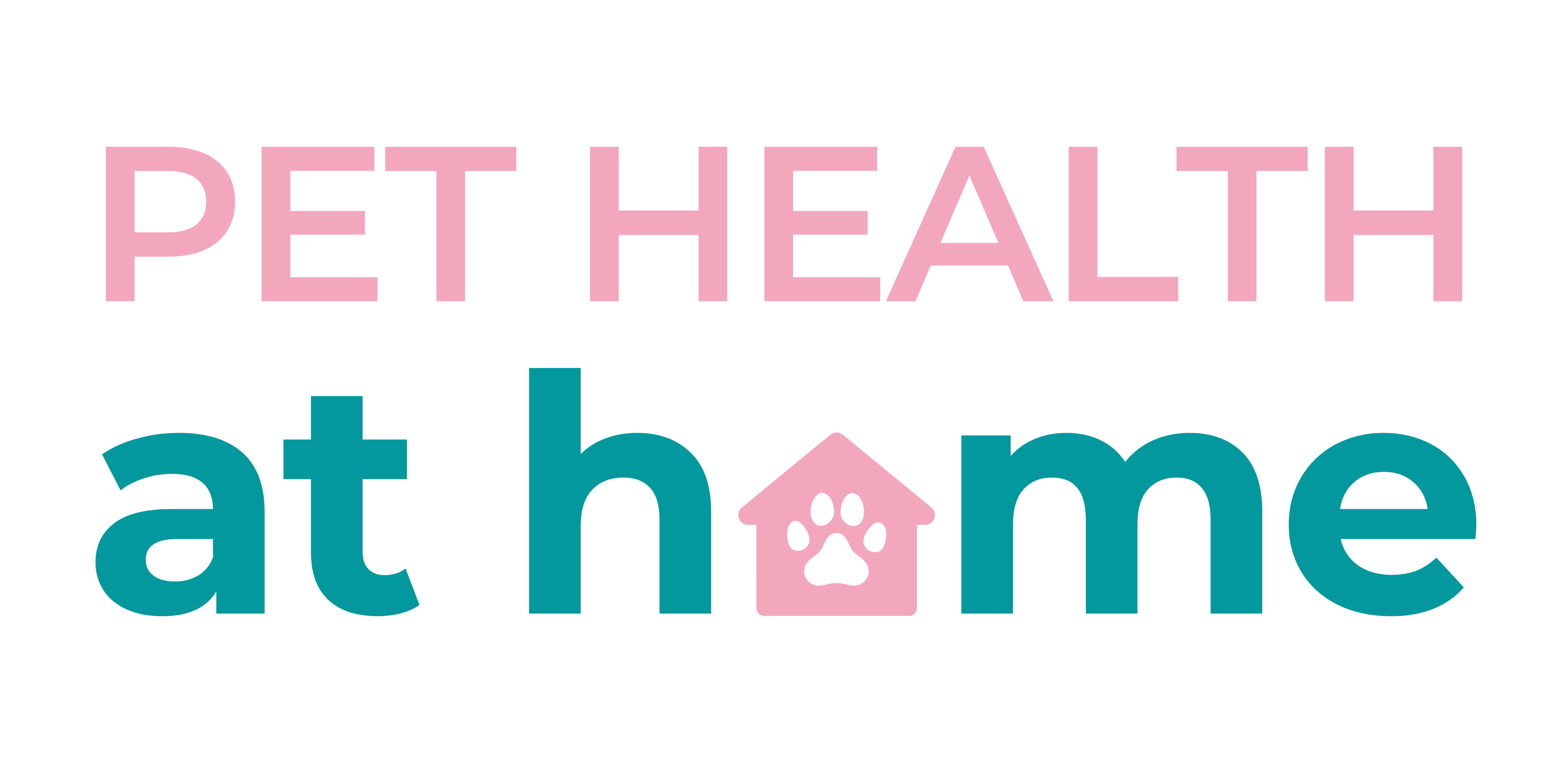Food Sensitivity
Stop Food Sensitivities From Taking Control
At Pet Health At Home, we categorise intolerance as ‘food sensitivities’ which are usually found in food and non-food items that you may not be aware that your pet is suffering from. Although you may not know, they could be causing your animal painful symptoms. On this page, we will break down some of the most obvious symptoms for you.
Food sensitivities can affect your pet every day, and unlike food allergies can be something you have mistaken for excess gas or strange behaviour, however internally they may be causing larger issues.

How To Identify Food Sensitivities
Unfortunately, it can be difficult to track food sensitivities as in an animal, what may not cause an issue in one pet, may cause excess gas in another. This means it can be harder to catch, particularly when multiple animals are eating the same meals, or living in the same space, and there is a range of symptoms presenting.
Common Food Sensitivity Symptoms
Fatigue
Headaches
Weight Gain
Joint Pain and Muscle Aches
Behavioural Changes
Skin Irritations
Take Back Control
Usually, an animal can actually ingest and be near items that it has shown a sensitivity to, however, when there is regular long-term consumption, or when the animal is in constant close proximity, the symptoms can become more severe. In these cases, food sensitives can then cause larger, more prominent illnesses to become apparent.

Taking The Next Step With Pet Health At Home

